The threat to humans and the environment posed by per- and polyfluoroalkyl substances (PFASs) has long been known. It was not until February 2023 that numerous daily newspapers reported on the extent of PFAS contamination in Europe and effectively brought the issue to public attention. PFASs are also used in fuel cells. The startup Ionysis from Freiburg, Germany has set itself the goal of changing this.
PFASs are a group of highly fluorinated polymers that are used in many different applications, well known for example from coated pans or outdoor jackets. They have unique properties such as high chemical and thermal stability. They have non-stick properties and are non-staining and highly oil- and water-repellent, and therefore widely used today in brands such as Teflon or Gore-Tex.
But the positive material properties have a downside: PFASs do not degrade in the environment, so they stick around for centuries. In addition, they are highly mobile and can now be found in groundwater, surface water, air and soils. This class of substances has also been detected in the human bloodstream and in numerous living organisms. There, they are strongly suspected of causing cancer, infertility and other serious diseases.
Although these characteristics have been known for many decades, it was not until the past few months that momentous decisions to contain PFASs gained in number. In November 2022, the State of California lodged a comprehensive lawsuit in the USA against PFAS-producing companies such as 3M and Dupont. One month later, 3M became the first major chemical company to announce its intention to withdraw completely from the production of PFA substances by the end of 2025.
The topic has recently gained momentum once again in the media: In the Forever Pollution Project, journalists from 18 newspapers and other news organizations, among them Le Monde (France), NDR, WDR, Süddeutsche Zeitung (Germany) and The Guardian (UK), have collected thousands of data points over several months in order to compile a “map of forever pollution” that shows for the first time the extent of Europe’s contamination by PFASs.
The Forever Pollution Project also revealed for the first time how great the efforts of pro-PFAS lobbyists have been to water down an EU-wide PFAS ban. This sweeping ban on the use and manufacture of PFASs as a class of substances was initiated by Denmark, Germany, the Netherlands, Norway and Sweden. In February 2023, the European Chemicals Agency (ECHA) of the EU published the proposal and is now evaluating it before sending an opinion to the European Commission. The main arguments against the ban focus on the lack of PFAS substitutes in applications considered critical to society.
One of these seemingly alternative-less cases is the use of fluoropolymers in electrolyzers and hydrogen fuel cells. Due to their high proton conductivity and chemical stability, fluoropolymers based on perfluorinated sulfonic acids (PFSAs) are currently used for membranes and electrode binders in hydrogen technologies.
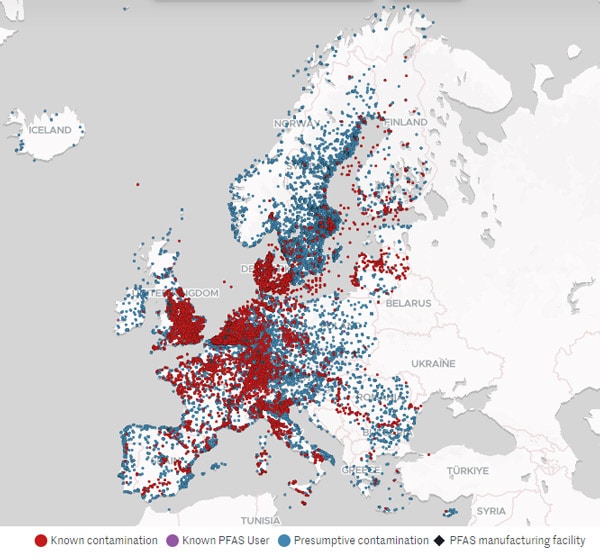
Aim: Green hydrogen with green materials
Dr. Andreas Büchler, co-managing director and co-founder of Ionysis, warns: “Most recently, the published results of the Forever Pollution Project are a wakeup call. PFASs will be an enormous threat to the environment, us, our children and grandchildren. The PFAS levels that can already be demonstrated are shocking. Before this background, it is imperative to now, at the start of exponential scaling of hydrogen technologies, promote research and development of fluorine-free materials for hydrogen applications and bring PFSA alternatives to market-readiness as quickly as possible.”
Ionysis was started by a team from the electrochemical energy systems division of the microelectronics research nonprofit Hahn-Schickard and the University of Freiburg in response to the increasing awareness of PFAS pollution and the urgent need for alternatives in the growing green hydrogen economy. The scaffold for the startup was built in the course of several research projects that were funded by the German state of Baden-Württemberg, German ministry for economy and climate protection (BMWK) and German ministry for education and research (BMBF). The company has set itself the goal of developing highly efficient eco-friendly core components for fuel cells.
In September 2022, Ionysis started operation with a team of eight, and the team will grow to twice this size by mid-2023. In addition to Dr. Matthias Breitwieser (Chief Technology Officer), Dr. Florian Lombeck (Chief Scientist) and Dr. Severin Vierrath (Scientific Advisor) – all active or former employees of Hahn-Schickard and Universität Freiburg –Dr. Andreas Büchler (Chief Operation Officer) and Lisa Langer (Chief Financial Officer) make up the founding team. Two strong investors are supporting the startup not only with financial resources. Lisa Langer states, “Through our investors, in addition to substantial financing in the low millions range, we also have valuable access to industry know-how and business development support.”
First proof of performance in full format is done
In addition to the development of these novel, more environmentally friendly membrane electrode assemblies (MEAs), the focus is on demonstrating their technical feasibility on a useful scale. The goal is to bring completely fluorine-free MEAs to market maturity and thus contribute to a truly sustainable, truly green, hydrogen economy. Only a few weeks ago, the first successful proof of performance in its full heavy-duty applications format was demonstrated, which represents an important milestone, reached in the early phase of the company.
“Together with international partners, we have succeeded in developing new types of MEAs for fuel cells that for the first time achieve the performance of state-of-the-art technology. Furthermore, they have the potential to become more efficient and useable at higher temperatures in the future,” states Dr. Matthias Breitwieser, chief technology officer at Ionysis.
So in the past six months since the start of operation, important developments have been driven forward. On the one hand, the MEA composition has been improved, and on the other, there has been great progress in pilot-scale production: “Together with a partner, we have developed a new process for CCM (catalyst-coated membrane) production, which will eventually enable us to reproducibly manufacture useable CCMs on a large scale from hydrocarbon materials,” happily states Dr. Florian Lombeck, chief scientist at Ionysis.
EU funding and industrial order
That there is great interest in Ionysis’ technology was already demonstrated in the start phase. At the beginning of February 2023, Ionysis together with Slovenian startup ReCatalyst was chosen for the prestigious support program EIC Transition of the European Innovation Council. The European Innovation Council is Europe’s leading innovation program for identifying, further developing and spreading breakthrough technologies and groundbreaking innovations. EIC Transition funds innovation activities that go beyond experimental proof in the laboratory to support the full development and validation of novel technologies in the laboratory and in relevant application environments as well as the development of a business model for future commercialization of the innovation.
The project Enabler, with 2.5 million euros total funding, combines the innovative technologies of the two startups, with the aim of making fuel cells for heavy-duty applications more cost-effective and environmentally friendly, and improving their performance. ReCatalyst has developed a unique technology for the production of novel electrocatalysts based on platinum alloys that allow a higher performance and durability of the catalysts. Ionysis uses ReCatalyst’s catalysts in its fluoro-free MEAs. For evaluating the MEAs in practice, they were able to get the fuel cell stack developer EKPO Fuel Cell Technologies GmbH as an associated project partner.
In addition to that, Ionysis has received an initial industrial order regarding MEA development in the six-figure range. The basis for the substantial order was the team’s experience in the area of prototype development. “We’re really pleased that our expertise in adept and rapid development of novel designs for next-generation membrane electrode assemblies is already being recognized by established players in the marketplace. This makes us optimistic for the future of our young company,” beams Dr. Matthias Breitwieser.
Validation, scaling and market-readiness
For the next year and a half, Ionysis has a clear development path: validate the technology in use in the fuel cell stacks, scale CCM manufacturing, and build partnerships with suppliers and customers. At the same time, it will be about developing the business models and preparing for commercialization so that fluoro-free MEAs can have their impact as soon as possible and the use of PFASs in otherwise green hydrogen applications can soon be put to an end.
Hydrocarbon polymer-based MEAs for PEM fuel cells
Alternatives to perfluorinated ionomers, like the NafionTM known from electrochemical energy applications, have already been in research since the 1990s. Many years, materials such as that based on sulfonated poly(ether ether ketone) (i.e. SPEEK) were used, but were too far removed from the perfluorinated state-of-the-art in terms of performance and durability. It is only in the last five years that there has been significant progress in the development of true alternatives. Mainly through the systematic elimination of chemical weak points in polymers (e.g. unstable chemical bonds along the backbone of the polymer) were materials of good stability and proton conductivity finally able to be found.
There are now a number of hydrocarbon ionomers and membranes published, for example based on sulfonated polysulfones and various sulfonated polyphenylenes. The new materials enabled, for the first time, excellent performance in the laboratory and are now in commercialization at a few polymer companies such as Ionomr Innovations in Canada.
Authors: Dr. Matthias Breitwieser, matthias.breitwieser@ionysis.com
Lisa Langer, lisa.langer@ionysis.com
Both at Ionysis GmbH, Freiburg, Germany
Source: Forever Pollution Project and Le Monde



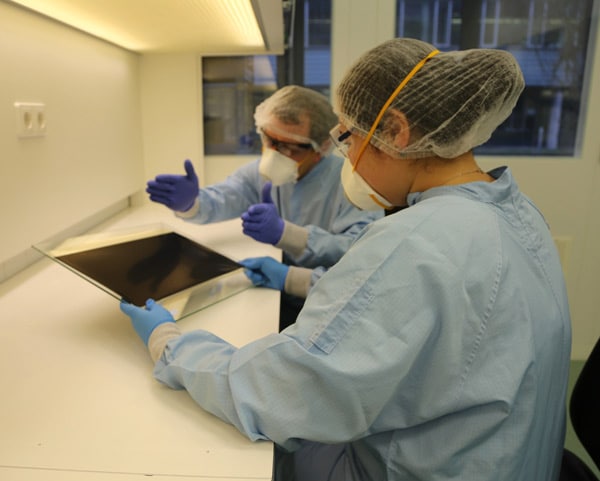


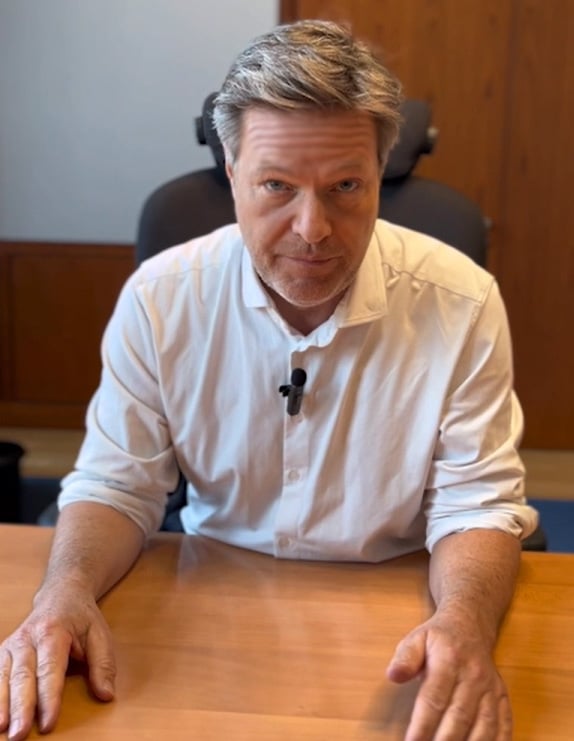
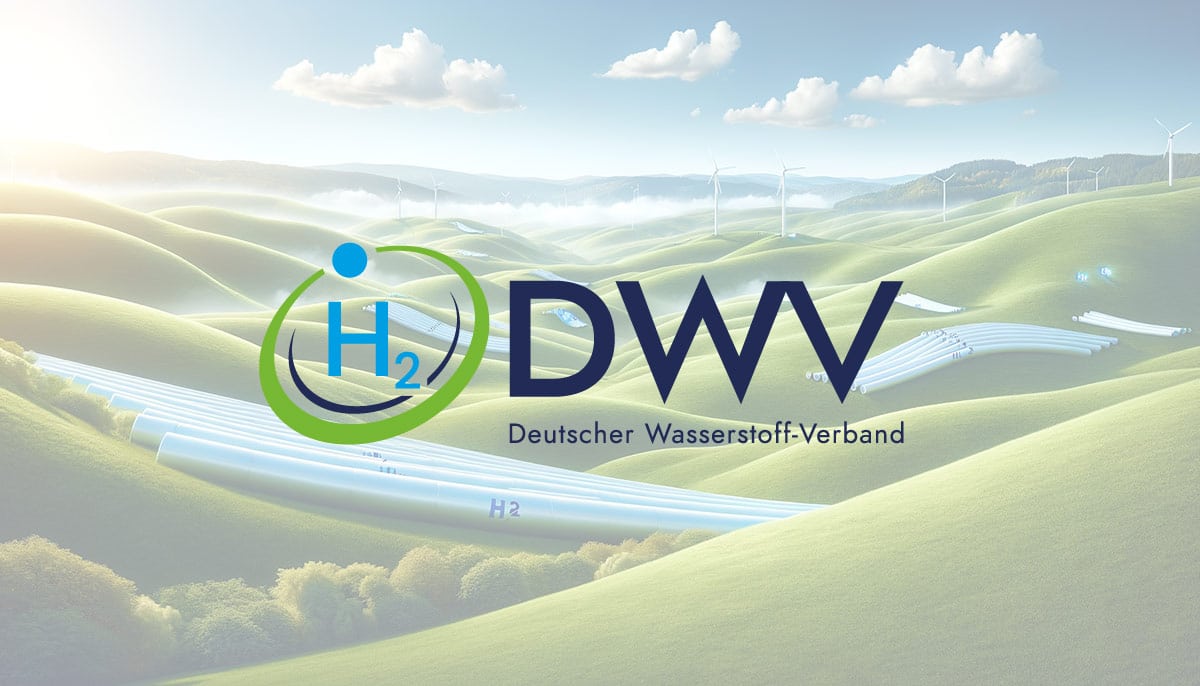
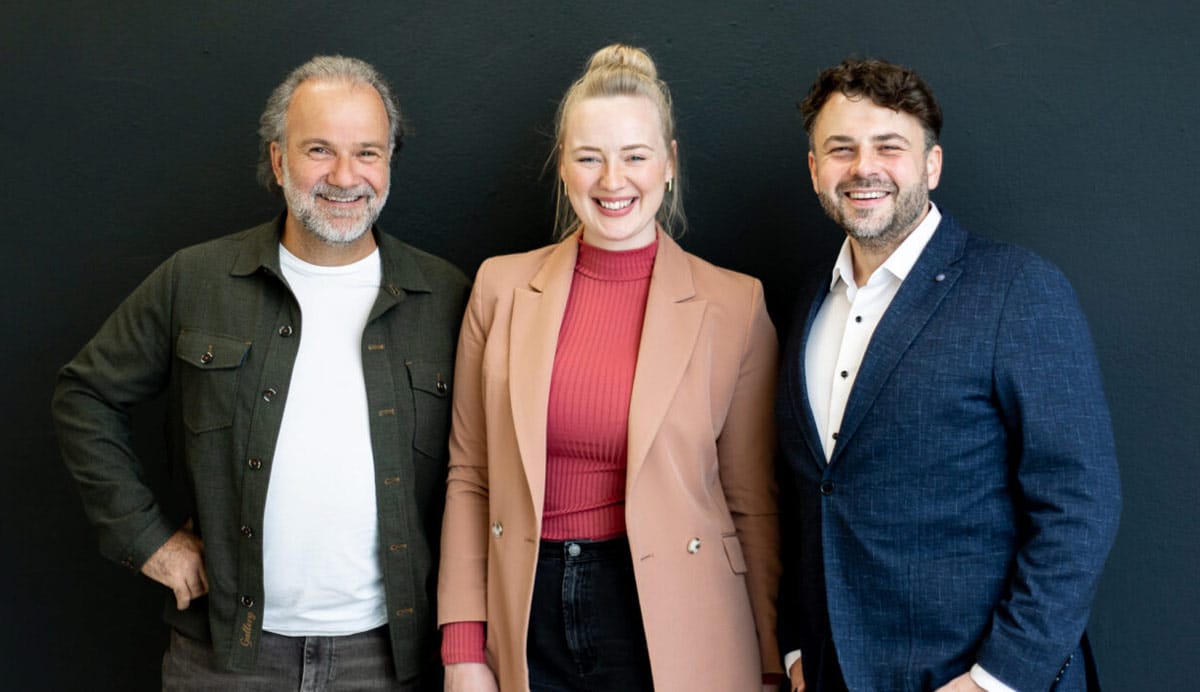

















0 Comments